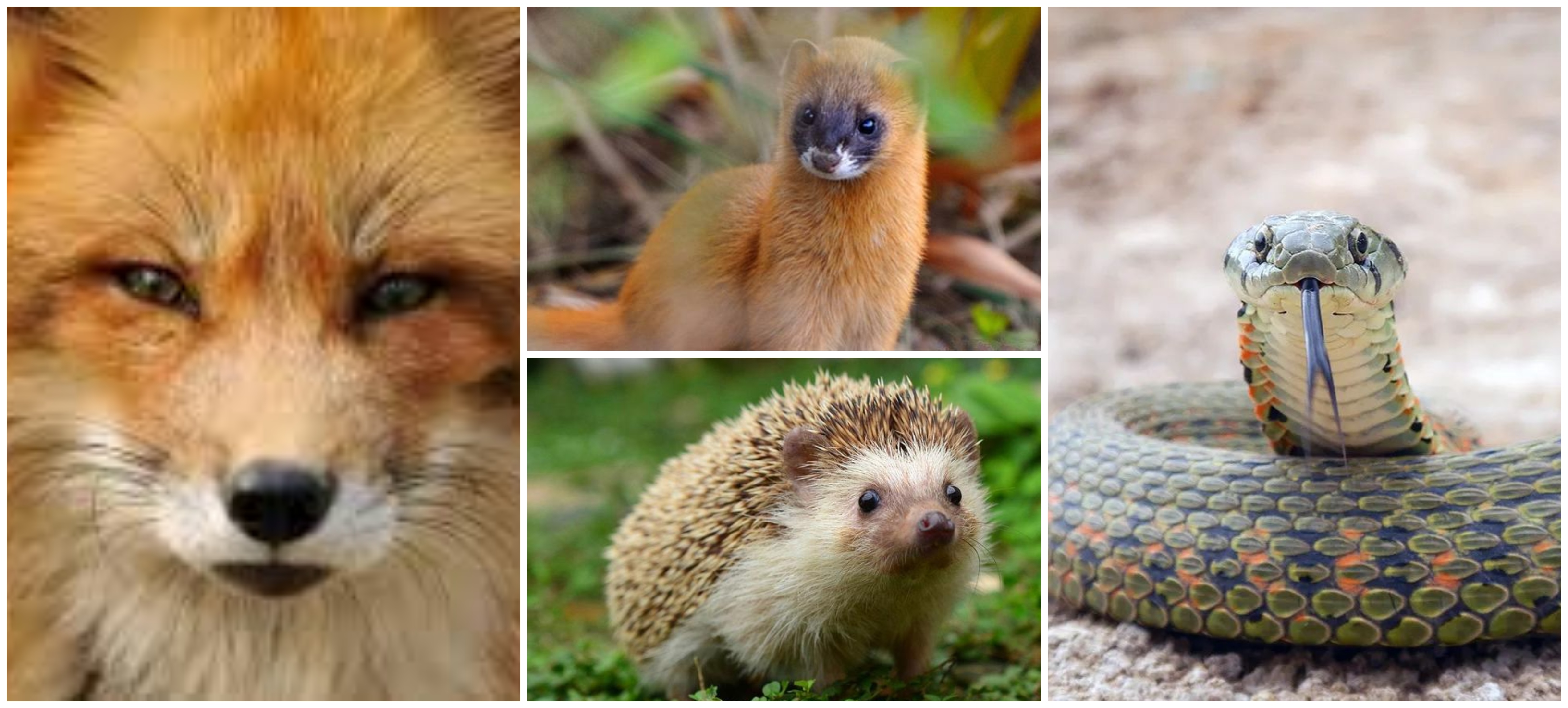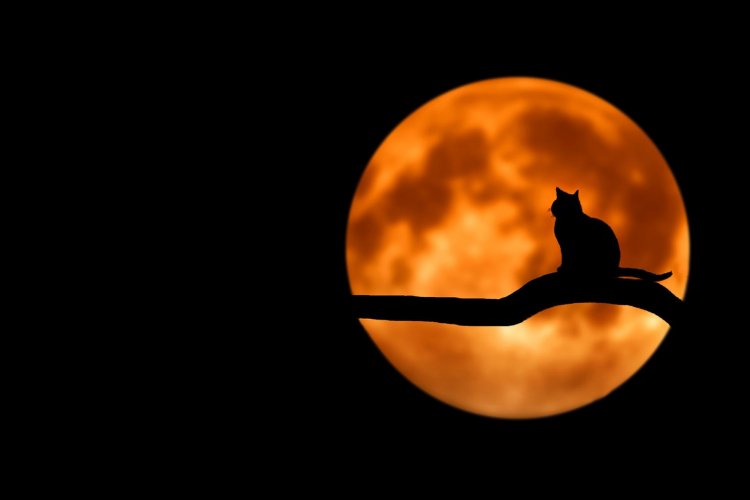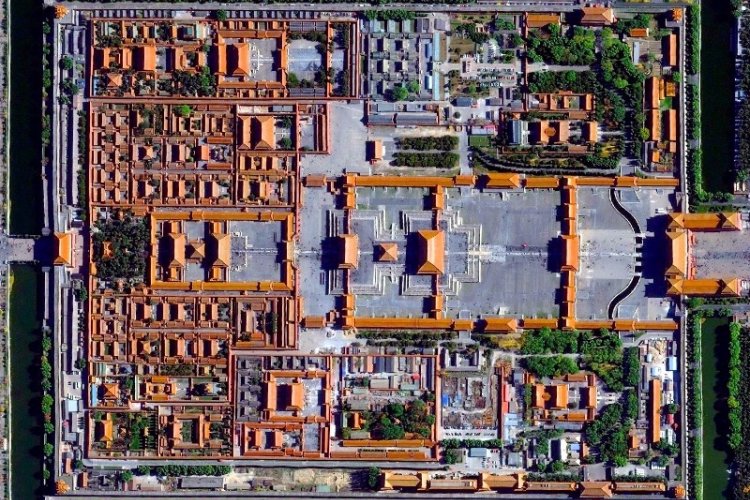The Red, The Yellow, The White, The Willow, Four Spirit Animals of Beijing
Ever since Beijing -- actually back then it was called Yanjing -- was chosen as the capital of the Jin Dynasty, the city has been a bustling international center. Manchu, Mongol, Han, and later British, American, French, and Japanese... all could be found jostling in the city's crowded streets, going about their own business.
However, humans aren't the city's only residents. The people of Beijing have come to form a reciprocal relationship with the other creatures who call the capital home. Four of them, in fact, were so respected that they became regarded as holy, and therefore were expected to be treated as such, whether they be found in the hutong or in the Forbidden City. These four honorable beasts are the fox, the yellow weasel, the hedgehog, and the snake; who also referred to as the Red, the Yellow, The White, and the Willow respectively.

These animals are relatively small and rather agile, and keep hidden in bushes or other areas, away from prying eyes.
Moreover, in Daoist belief, most creatures, especially those with higher intelligence, can become dieties to a certain extent if they live long enough and practice meditation regularly. Taking this belief a little too literally, commoners who saw these animals on a day to day basis considered them to be minor deities, more accessible than more important gods and, therefore, more reciprocal to calls for help with local affairs.
狐 Fox — The Red, The Hu, The Big Celestial Lord
Among all those aforementioned spirit animals, the fox probably has the longest history of being worshipped by humans, the most legends documented throughout history, and the most complicated relationship with people. As I wrote in my previous blog, foxes have been regarded as totem and spirit animals in some northern regions for centuries.
As a local minor deity, the fox has shouldered various responsibilities throughout history: farmers have prayed to them for good harvests, merchants have prayed to them for good fortunes, ministers have prayed to them for long careers, and prostitutes and performing artists have prayed to them for protection.

Though in some other regions the fox is also believed to be a manevolent spirit that can disguise itself as a beatiful woman and bring ill will to unsuspecting men, in the Forbidden City, this cunning spirit was highly respected, and was even able to acquire accommodation in the Ming City Wall's East Side Gate 东便门 -- or the Fox Tower 狐仙楼 as some Lao Beijingers or foreigners who read Midnight in Peking might know it.

The foxes -- the good ones at least -- and their traces can also be found in some books written by the staff working in the Forbidden City. However, it may be hard for the visitors to spot one in the court now. Instead you can try your luck at 潭柘寺 or other temples located in northwest Beijing.
Yellow Weasel — The Yellow, The Yellow Lord

Normally viewed as a pest in the countryside, in the capital, these critters have gained respect from residents by their habit of standing on their hind legs with their glowing eyes kept open to the whole world, which was taken to be them keeping guard or praying to a higher deity.

You may think this nimble creature only appears in rural areas, but it's a true 胡同串子 hutong wanderer -- earning it the nickname "hutong weasel".
You might've seen it running across an alley, fighting with other animals, or hiding out in ruins, but a few lucky people have even caught glimpses of them flying across the Forbidden City. Their unpredictable nature led to a rule that can be dated back to Qing Dynasty, which decreed when a eunuch entered a hall with no other human present, they had to shout out “Open the Palace” before pulling the door to tell any yellow weasels hiding there it was time to scram.
This tradition has been passed on from generation to generation, even after the last dynasty bit the dust and the last eunuch passed away. In some documentaries, you can still see the staff working in the Forbidden City practice the same routine when they enter a room.
Hedgehog — The White, The White Fifth Lord
This spiky little guy is named "the white lord" because it glows white when a light is shown on it at night. It's also known for its cough, which some have compared to the cough of an old gentleman.
Rumor also has it that Zai Feng, the father of the last emperor of China, was nearly assassinated by Wang Jingwei, who later became a key member of KMT, after he kicked a hedgehog into the sewer.
Snake — The Willow, The Willow Seventh Lord
It may come as a surprise, but quite a few snakes have been spotted within the Forbidden City, and each of them has its own territory and special features. In July 2017, one of them was run over by a car at 东华门 Dong Hua Men. Following the incident, the purpetrators were so anxious that they felt it wiser to sell the car involved in the accident than to risk bad fortune.

If you see a black snake slither across the open space outside 熙和门 Xi He Men, which used to be busy farmland, don’t disturb it. The Willow lord has lived here longer than you after all.
One last fun fact, some consider there to be a fifth additional spiritual animal: the rat, aka the grey, or the grey eighth lord. However, in Beijing it isn't considered a legitimate lord seeing as it's usually prey for most of the other lords, and because it's a pest for city residents.
Read: Creatures of Chinese Folklore and Their Foreign Doppelgängers
Images: Weibo, Chinese National Geography, CTrips, Sina, Sohu, Kknews







